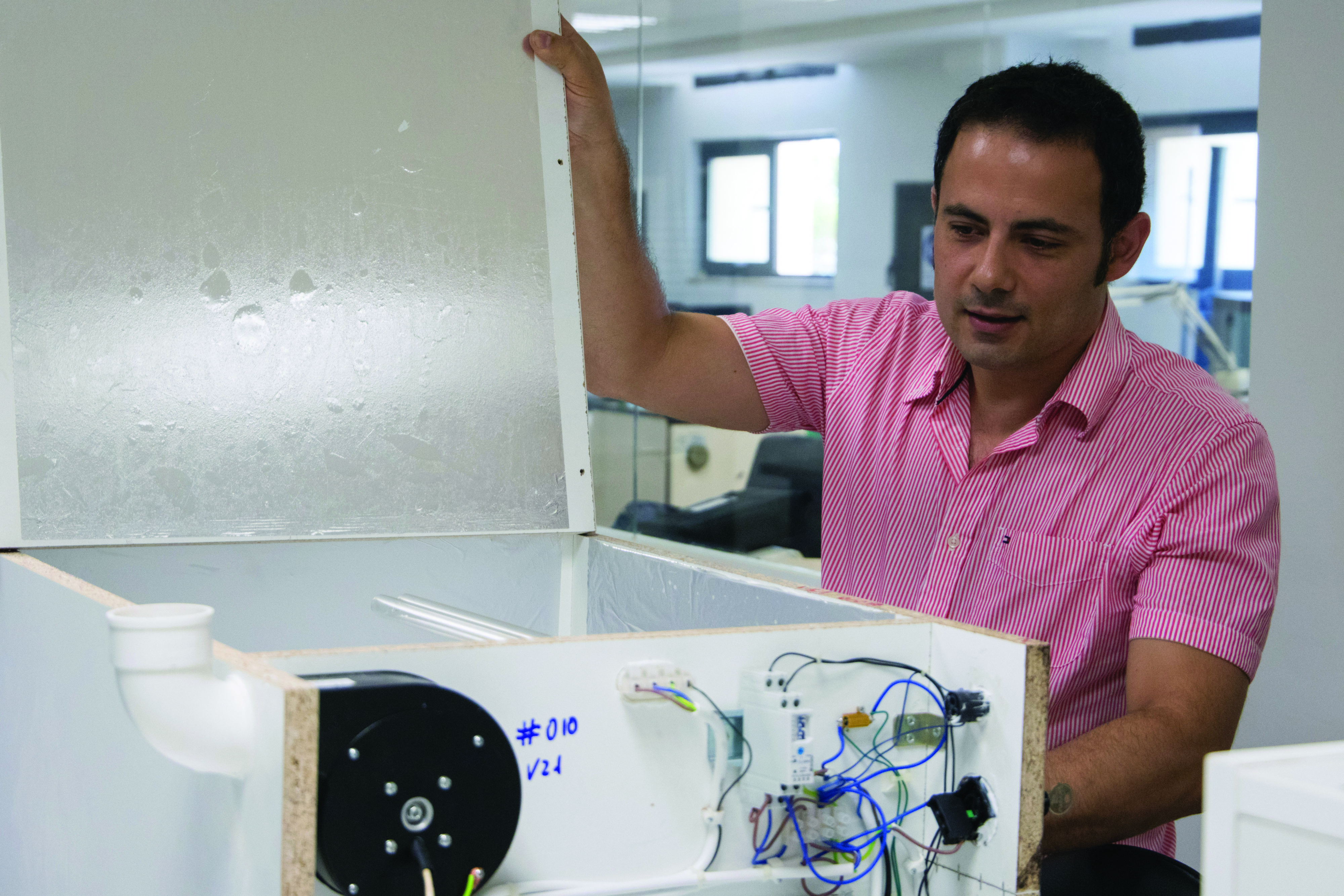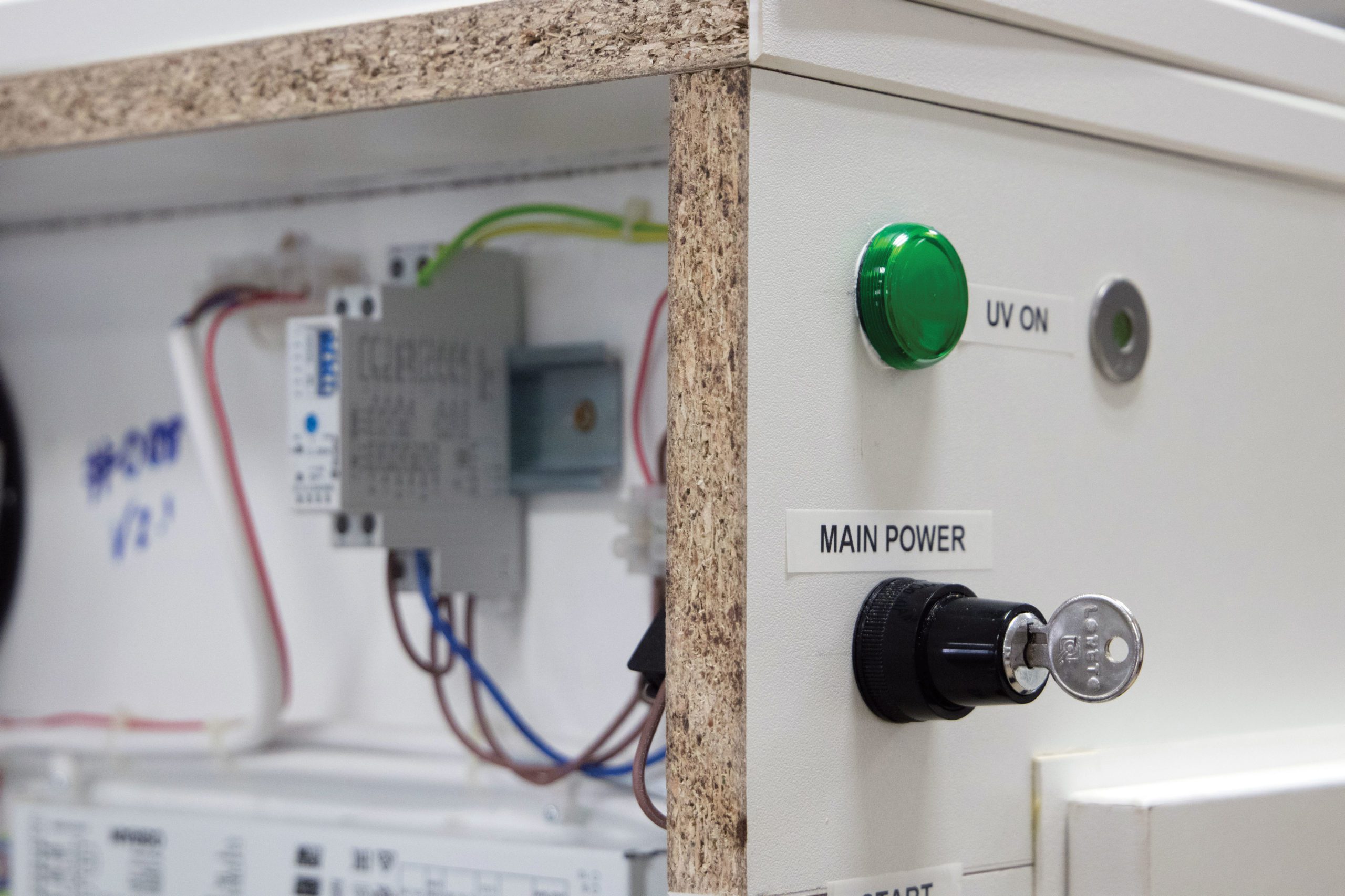When times are hard, frustrated people question why. Conspiracy theories offer attractive answers, sometimes false and sometimes true. Andrew Firbank explores the psychology behind conspiracy theories: Why are they so enticing? What are the risks? And should they be challenged?
Continue readingWipe your shoes and clean your mask
Face masks are the new essential accessory. Have you ever cleaned your mask and wondered if you’re doing it properly? What can front line workers do if they run out of clean masks at hospitals? Can they disinfect their single-use speciality masks, called respirators? Can they wash them like we do our cloth face coverings? Dr Ing. Marc Anthony Azzopardi, from the Electronic Systems Engineering Department, talks to THINK about how our doctors and nurses are extending their stock of speciality face masks by cleaning them in an equally special way.
While many were hoarding toilet paper for the impending apocalypse, others were planning ahead, scavenging for parts to create a machine that could sanitise face masks. The idea is to protect citizens and front line workers during the COVID-19 pandemic.
Dr Ing. Marc Anthony Azzopardi told THINK about his new invention. He has developed an electronic method of disinfecting face masks. The idea started germinating in Azzopardi’s mind in January, when some of the earliest cases began. Back then, masks started selling at €10 each. By April the price had skyrocketed to €300 — that is, if you could even find one. In Malta they were sold out!
Azzopardi spoke about N95 and N100 respirator masks, which filter at least 95% and at least 99.97% of airborne particles respectively. They aren’t usually worn by medical professionals, except when treating dangerous respiratory diseases like tuberculosis. Instead they are more routinely used by scientists and engineers when handling toxic materials and fine dusts.
These masks sit tighter against a wearer’s face, forming a seal. They are made up of several layers: an external hydrophobic layer that repels water, a stiffener layer, an electrically charged, non-woven melt-blown fabric, and finally a comfort layer on the inside. The electrical charge is applied during manufacturing. Once this charge is dissipated (through washing) the masks stop working properly.
Coronavirus is killed when washed in 70% alcohol or with bleach containing 5.25%–8.25% sodium hypochlorite. The problem is that, unlike regular cloth masks, these respirator masks cannot be washed in liquids, as they then lose their electrical charge and become much less effective at filtering particles. So how can you disinfect them after use?
Azzopardi realised that by using UV light, it was possible to disinfect the mask without affecting its electrical charge. His solution was elegant and simple: a sealed box which would store the mask and expose it to UV light from all directions — effectively creating a sanitisation chamber.
Essentially, the sanitisation chamber is an enclosure which uses a low-pressure mercury lamp to generate UV inside. Following a discussion with the Infectious Disease Unit at Mater Dei, the design evolved and was adjusted to suit the masks being used by the hospital staff.

On the other side of the Atlantic Ocean, similar methods were being trialed in the US, the difference being that instead of using a box, US scientists were using a room to leave the masks hanging. The room would then be exposed to UVC through a small tower, disinfecting the face masks. Contaminated masks would be brought to this room from all over the hospital for cleaning, the hazards created by the complicated logistics notwithstanding.
Disinfection was made possible by using UV light, of which there are 3 types: UVA, UVB, and UVC. Very few organisms have evolved to resist UVC, and upon exposure, DNA gets tangled up, making it impossible for the virus to replicate in our cells. COVID-19 uses ribonucleic acid (RNA), which is also susceptible to UVC. Using UVC light at around a 260 nanometer wavelength can “inactivate” the RNA code for COVID. This makes it harmless if breathed in.
The system itself is foolproof. It prevents the user from getting exposed to dangerous UVC radiation. A timer makes sure that users leave the masks for the right amount of time. And, it tests that all of its systems are functioning before starting. When the team started building this system, they didn’t have access to UV measuring instrumentation. This meant they worked solely off calculations to get it right. However, after weeks of work, the team managed to perfect their design.
Nonetheless, face masks do not last forever. Even UV exposure can wear them down eventually, but only in large doses. You would have to get rid of your respirator masks long before the UV damage became significant, because of dirt or mechanical wear and tear breaking the mask down.
Azzopardi and his team’s efforts have helped to safeguard numerous front line workers from running short on clean supplies, and their system has earned them an award for the top solutions in response to the MDIA / Covid initiative. It is thanks to the scientific community and their efforts that we can have the technology for a safer future. However, creating that ideal future is up to all of us. Stay Safe!
Further reading
Covid-19 – Malta Digital Innovation Authority. Mdia.gov.mt. (2020). Retrieved 23 October 2020, from https://mdia.gov.mt/covid19/.


